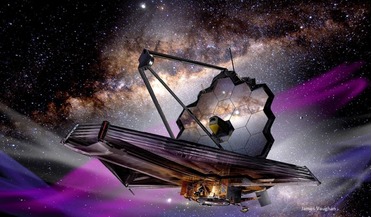 May 2022
Essential guide to the James Webb Space Telescope
May 2022
Essential guide to the James Webb Space Telescope
... beyond the red end of the visible spectrum, deep into the infrared - invisible to Hubble but exactly poised for JWST. Another motivation for selecting an infrared space telescope comes from our recent advances in the field of exoplanets; worlds...
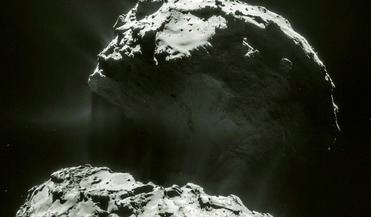 January 2020
Small body missions unveil interplanetary secrets
January 2020
Small body missions unveil interplanetary secrets
...A recent National Academy report - “Finding Hazardous Asteroids Using Infrared and Visible Wavelength Telescopes (2019)” - stated that a specially designed infrared space telescope survey mission is necessary in order to reliably obtain many of these...
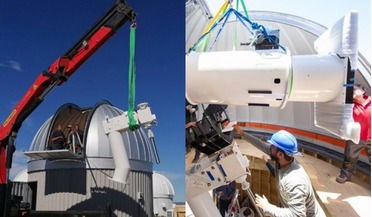 04 February 2022
NASA’s real-life “Don’t Look Up” programme
04 February 2022
NASA’s real-life “Don’t Look Up” programme
... authorization to move forward into Preliminary Design, known as Key Decision Point- B. Once complete, the infrared space telescope will expedite the agency’s ability to discover and characterise most of the potentially hazardous NEOs, including...
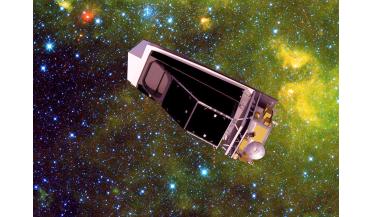 13 February 2024
Thales Alenia Space to provide comms for planetary defence mission
13 February 2024
Thales Alenia Space to provide comms for planetary defence mission
... like asteroids and comets, specifically within 50 million kilometres of Earth’s orbit. NEO Surveyor will employ an infrared space telescope designed to discover and characterise at least two-thirds of the near-Earth objects more than 140 m across...
 June 2020
Saving Earth – time for a new cooperative framework
June 2020
Saving Earth – time for a new cooperative framework
... with Earth, ideally systems than can detect NEOs that are 30 m and larger. So, firstly, the next infrared space telescope needs to be able to detect asteroids down to 30 m and be deployed far enough away from Earth to see a much wider...
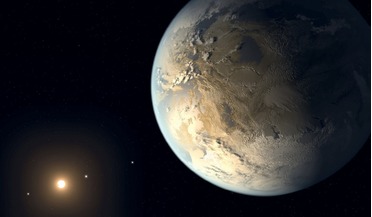 August 2018
Exoplanet census promises radical discoveries
August 2018
Exoplanet census promises radical discoveries
... Adjutant Scientist for the Coronagraph Instrument on NASA’s upcoming Wide Field Infrared Space Telescope (WFIRST). David Bennett is a Senior Research Scientist at NASA Goddard Space Flight Center and the University of Maryland, USA. He developed the...